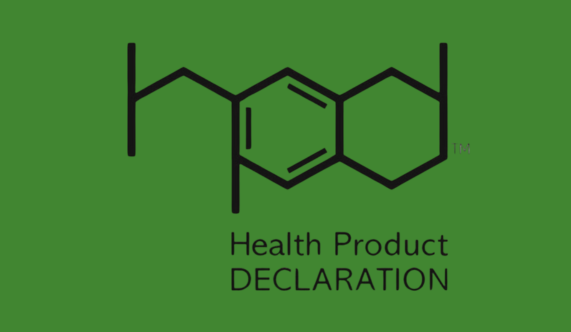What Is HPD Certification?
A CLEAR SOLUTION FOR SPECIFYING MATERIALS WITH TRANSPARENCY
As a building professional, you know that specifying materials with transparency and healthy ingredients is crucial. Yet digging through product data sheets and chasing down disclosures can be overwhelming. HPD Certification offers a clear solution. It saves you time and helps you meet green building requirements with confidence.
Just as Environmental Product Declarations (EPDs) give us deep insight into a product’s lifecycle carbon, energy use, and resource impacts, Health Product Declarations (HPDs) shine a light on ingredient transparency and human health. Together, EPDs and HPDs deliver the dual lens—environmental and health metrics—design teams need to make fully informed material selections.

WHAT IS HPD CERTIFICATION?
An HPD Certification refers to a Health Product Declaration® report. It follows the HPD Open Standard. In this report, manufacturers list every intentionally added ingredient in a building product. Moreover, each ingredient shows its name, CAS number, and concentration. Finally, the HPD flags possible health concerns.
WHY HPD CERTIFICATION MATTERS
First, HPD Certification brings sustainability into clear view. You can trust the data you need for LEED and WELL credits. Next, it speeds up your design phase. Instead of hunting disclosures, you simply reference the HPD. Furthermore, HPDs help you compare products side by side. As a result, you make healthier choices with ease.
While EPDs measure cradle-to-grave environmental effects, HPDs ensure the materials we choose also safeguard occupant health. This two-pronged approach unlocks LEED, WELL, and Living Building Challenge credits across both Materials & Resources and Indoor Environmental Quality categories.
WHO CREATES HPDS?
HPDs come from two sources:
- Manufacturers prepare their own HPDs.
- Third-party consultants develop HPDs on behalf of brands.
"An HPD® helps manufacturing companies, but also architects and users. In my opinion, that's the most important thing to remember."
Josée Lupien
HPD CERTIFICATION AND LEED POINTS
If you need LEED® points, HPD Certification plays a key role:
LEED v4/v4.1 MRc: Material Ingredients: Use HPD-verified products to earn credits.
Easy Documentation: HPDs meet the reporting requirements right out of the box.
Material Transparency: HPDs count as one product disclosure; third-party verified HPDs may count for 1.5.
HPD CERTIFICATION FOR LIVING BUILDING CHALLENGE
The Living Building Challenge® (LBC) bans “Red List” chemicals. HPDs help you confirm compliance:
Red List Free: Products declare 100% of ingredients and contain no banned chemicals.
Red List Approved: Products disclose ≥99% of ingredients and use approved exceptions.
Declared: Products list all ingredients but include one or more Red List chemicals.
Using HPDs speeds up documentation for the LBC Materials Imperative.
HPD CERTIFICATION AND WELL BUILDING STANDARD
WELL v2™ requires 50% of interior finishes and materials be evaluated for health impacts. HPD-certified products count toward:
Feature 97. Material Transparency – Part 1: Use HPDs to confirm transparent disclosure.
Thus, HPD Certification simplifies your path to WELL credits and healthier spaces.
HPD VS. EPD VS. DECLARE LABEL
HPD: Self-declared ingredient list with health hazards.
EPD: A third-party-verified lifecycle assessment that quantifies a material’s greenhouse-gas footprint, energy use, and waste generation.
Declare Label: Ingredient label aligned with the Living Building Challenge Red List.
By pairing that environmental data with an HPD’s detailed ingredient list, you can specify products that are both planet-friendly and people-friendly.
Each serves a different need. However, HPDs focus on health transparency for material ingredients.
ROBIN REIGI MATERIALS WITH HPDS
Projects that leverage both EPDs and HPDs demonstrate true leadership. They earn higher rents, enjoy lower operating costs, and support healthier occupant outcomes—proof that environmental and human-health performance go hand-in-hand.
Robin Reigi represents many HPD-certified products, including:
- Plyboo Fluted & Carved Panels
- Plyboo Sound Panels
- Slalom Acoustics ECOrange Panels
- Slalom Acoustics Tufted Panels
- Slalom Acoustics Woody Panels
- Slalom Acoustics Fluted Panels
- Slalom Acoustics Tailor Made
By choosing these HPD-certified materials, you ensure your projects align with the highest health and sustainability standards.
